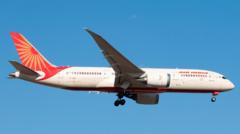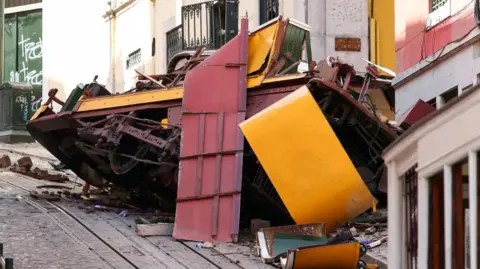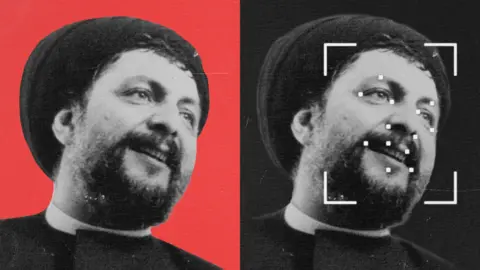In the wake of the Air India Flight 171 tragedy that claimed the lives of multiple individuals in Ahmedabad, investigators are faced with the daunting task of uncovering what transpired in the critical moments following takeoff. The Boeing 787, equipped with advanced technology, took to the skies at 13:39 local time, but just moments later, disaster struck as the aircraft crashed in a densely populated area.
The immediate post-crash analysis centers on critical evidence from the cockpit voice and flight data recorders, colloquially known as the "black boxes." Under the parameters set forth by the International Civil Aviation Organization (ICAO), a preliminary report must be published within 30 days, while the comprehensive investigation is expected to wrap up within a year.
Captained by Sumeet Sabharwal and co-piloted by Clive Kundar, the flight had 242 passengers and more than 100 tons of fuel on board. After taking off, a mayday call was issued, but communication was swiftly lost, leading to an inferno upon impact. The investigation reflects the rarity of such a swift crash, with experts describing it as "the rarest of the rare," given that it occurred just 30 seconds into the flight.
The potential causes of this dire accident are under investigation and vary widely, from the possibility of engine failure due to bird strikes or contamination to maintenance oversights or incorrect crew actions cutting off fuel supply. Investigators aim to match evidence gathered from the wreckage with data recorded during the flight, a meticulous process that could reveal significant insights into the crash.
By examining damaged engines, investigators can determine their operational status during the crash. Moreover, clues from the cockpit recordings will shed light on pilot actions prior to the crash, while additional evidence will pinpoint fuel conditions, maintenance records, and even pilot training protocols.
The complexity of the crash investigation is amplified by the potential implications for aviation safety on a global scale. If lapses are identified in the Boeing 787's automated flight management systems, it could lead to immediate regulatory scrutiny, impacting a fleet of over 1,100 aircraft.
As of now, investigators have found no indications of wrongdoing or major safety concerns from recent checks of the Air India fleet. The Indian civil aviation ministry remains committed to transparency and thoroughness as teams from various aviation authorities, including the United States' National Transportation Safety Board and Boeing’s technical experts, work collaboratively to uncover the truth behind this tragic incident.
The wreckage's methodical examination will contribute to understanding the sequence of events, allowing investigators to reconstruct the scenarios leading to the crash. With flights and operations of the involved aircraft undergoing rigorous scrutiny, the time-consuming nature of crash investigations is countered by the precision of contemporary digital data collection and analysis technologies, ensuring a thorough probe into this aviation disaster.





















